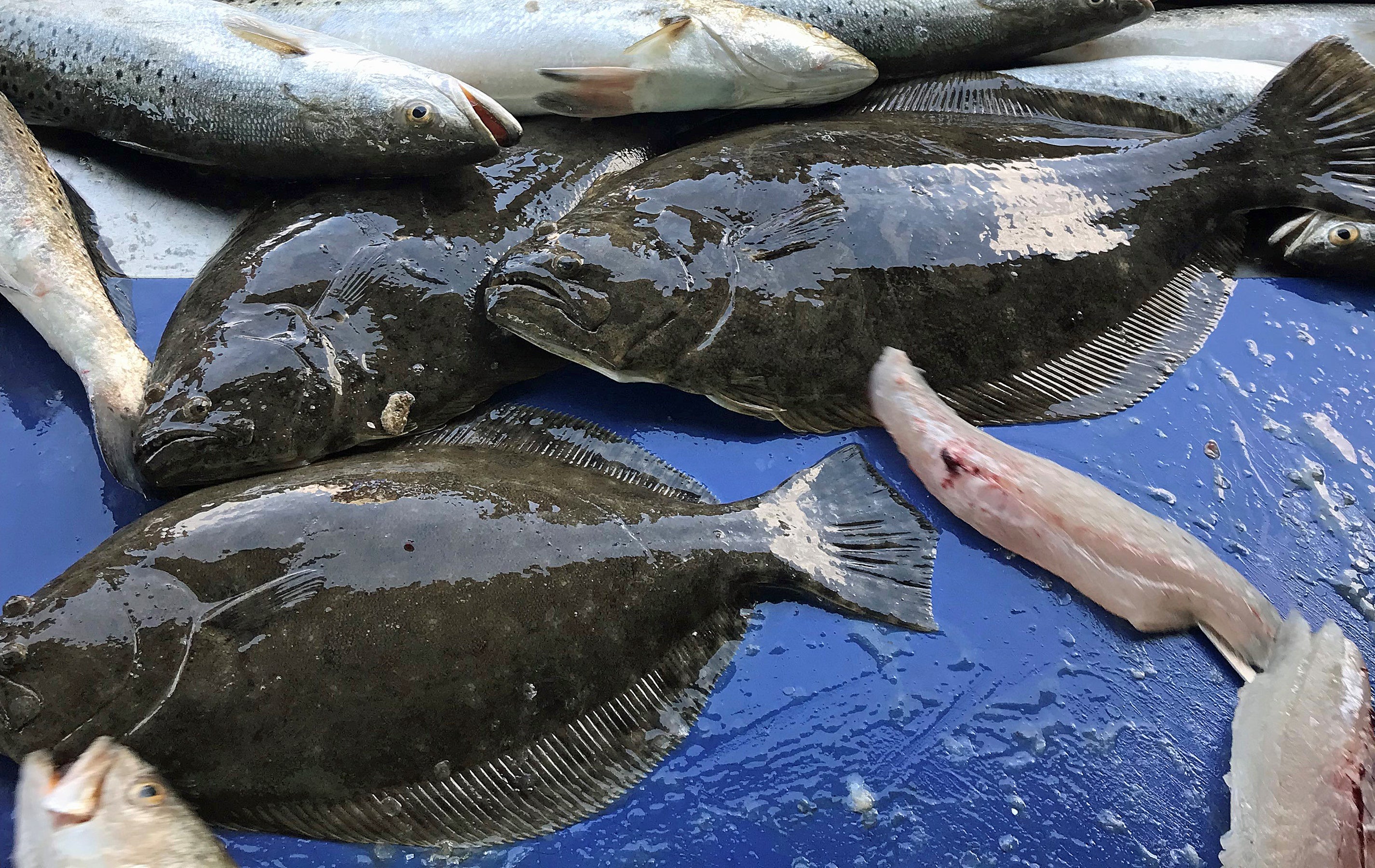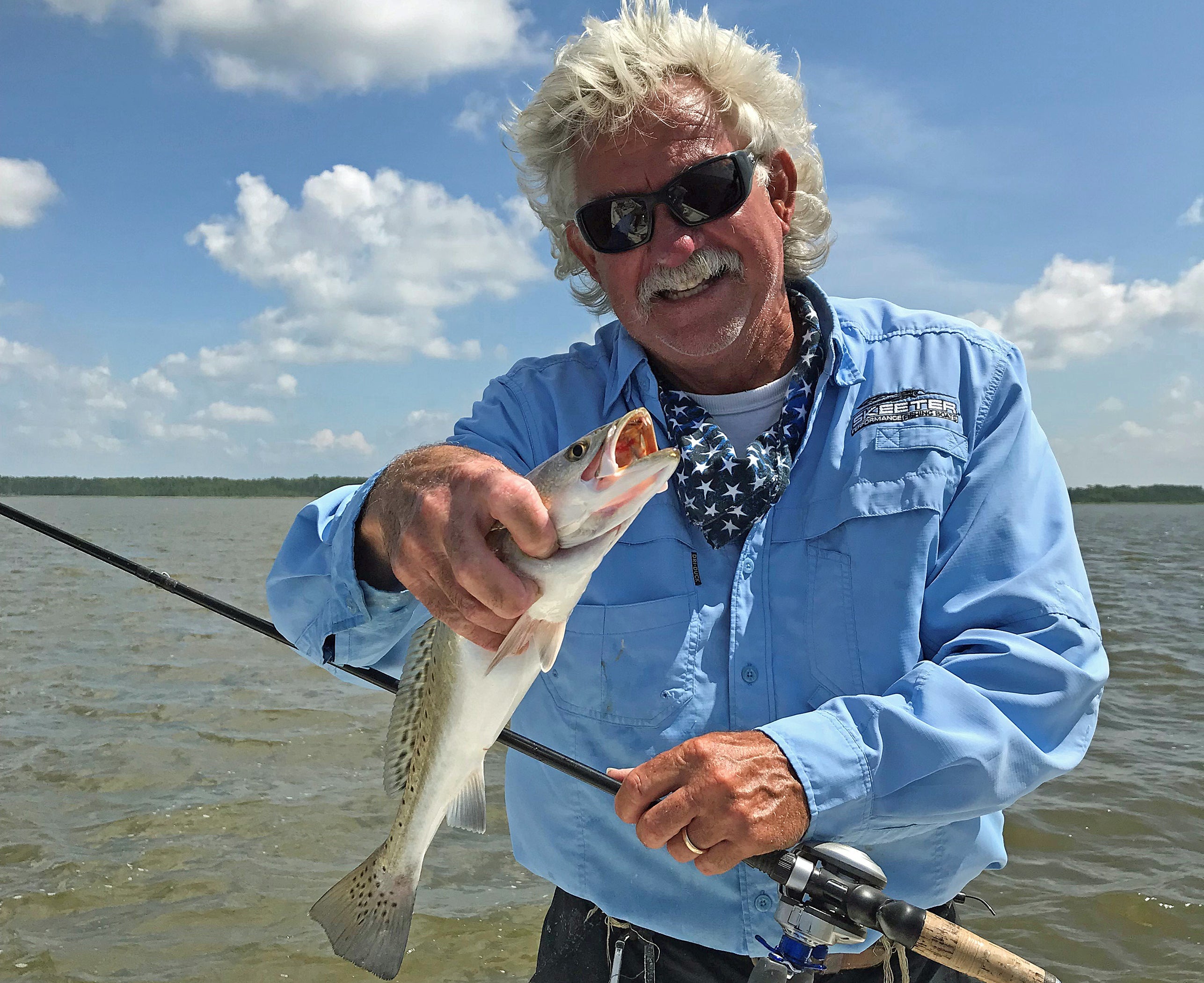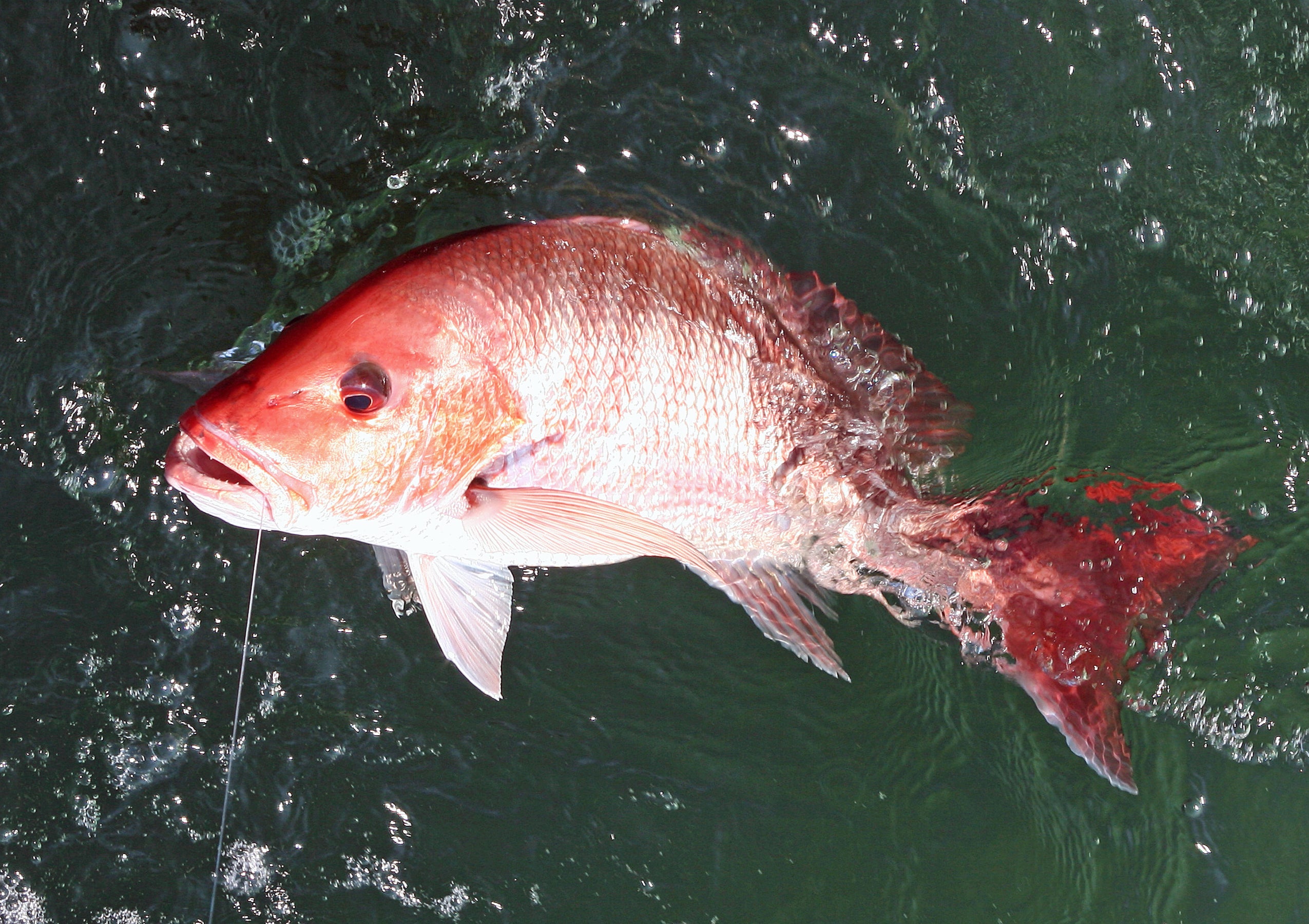By DAVID RAINER, Alabama Department of Conservation and Natural Resources
Alabama’s saltwater anglers will soon be required to abide by changes to the bag and/or length limits on several popular fish species.
On August 1, 2019, the length and bag limits will change for speckled trout (spotted seatrout) and flounder, while the length limit will increase for cobia, also known as ling or lemonfish.
Jason Downey, Alabama Marine Resources’ Enforcement Chief, said the speckled trout regulations will move to a slot limit, which means anglers will be allowed to keep trout that measure between 15 and 22 inches total length with an allowance for one fish over 22 inches total length. The bag limit will be reduced to six speckled trout per person per day.
Alabama’s inshore anglers should be familiar with the slot limit. Red drum (redfish) have been regulated for several years by a slot limit of 16 to 26 inches total length. An allowance for one fish larger than 26 inches (bull red) is included.
The flounder size limit will be increased to 14 inches total length, and the bag limit will be reduced to five per person for recreational anglers.
The limits for commercial anglers will be 14 inches total length with a daily limit of 40 per person or 40 per vessel.
The entire month of November will be closed to flounder fishing, both recreational and commercial. November is when flounder migrate to the Gulf of Mexico to spawn.
Marine Resources (MRD) conducted five public meetings along the Alabama Gulf Coast to discuss proposed trout and flounder changes, provide information from the stock assessments for those two fish and gain feedback from the public on the potential changes. MRD also accepted email comments from the public as well as by phone.
“In general, the public was supportive of making changes to both trout and flounder because people had noticed changes in their ability to catch these species,” said Marine Resources Director Scott Bannon. “They also realized the amount of people who are targeting these fish and how dramatically that has increased over the past few years.”
Eastern Shore resident Rob Constantine recently shared how he often watches boat after boat heading to the inshore artificial reefs to target trout, redfish and flounder.
“I used to be able to count on catching five or six speckled trout every time I went out,” he said. “I can’t do that anymore. Some days I don’t catch any trout. I’d like to be able to take my grandchildren out and catch a few trout. The future is our grandchildren, and we have to have something for them to catch or they lose interest.”
During the recent fishing event for The Fallen Outdoors, Capt. Bobby Abruscato said he welcomes the changes to the trout limit.
“The people who fish with me understand that I prefer to release as many fish as possible,” Abruscato said. “Most of my customers just want enough fish for supper, and others don’t want any fish at all. They just love catching them.”
Abruscato is one of the veteran guides who started fishing the Alabama Gulf Coast when the inshore fishing pressure was limited to a dozen or so regular guides. Those numbers have increased dramatically.
Bannon said MRD sold 269 guide licenses for boats with six passengers or less in 2018. Most of those guides are fishing inshore.
“We saw a huge increase from the early 1990s through the early 2010s,” Bannon said. “We went from 50,000 inshore fishing trips annually in the early ’90s to more than 500,000 in 2011. That’s 10 times the number of anglers targeting trout.”








